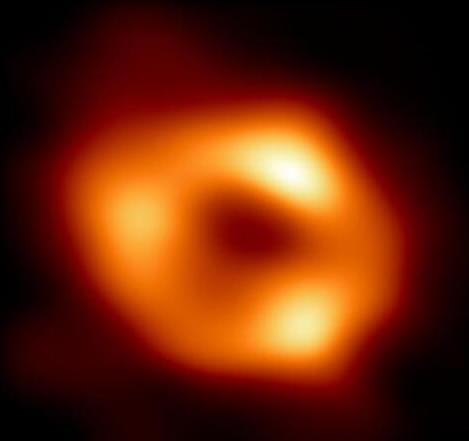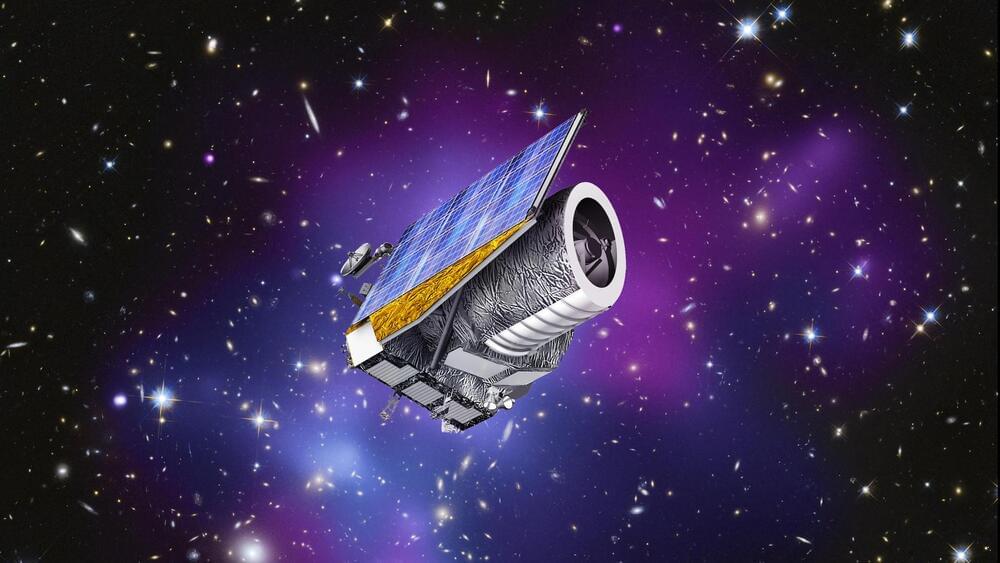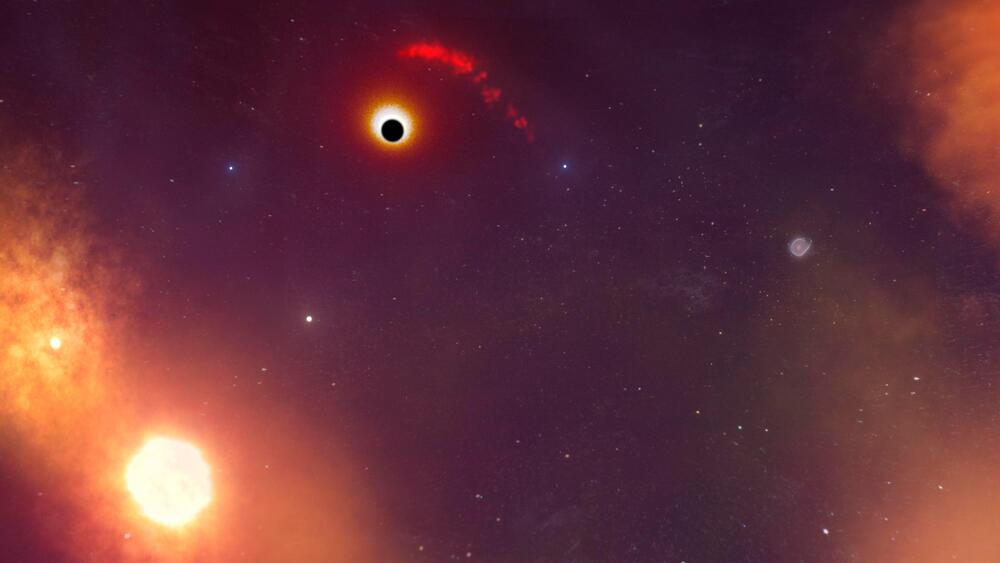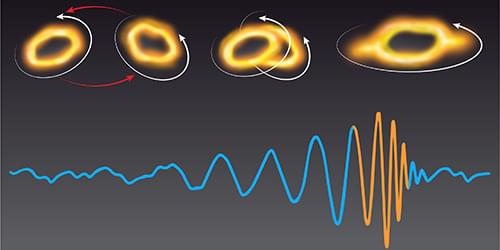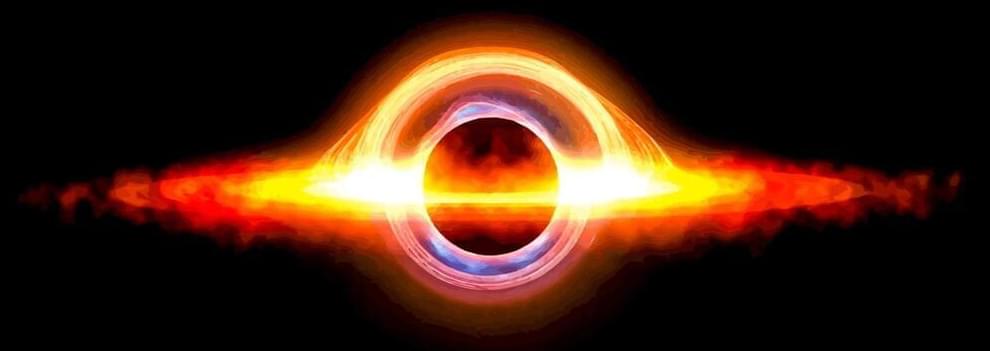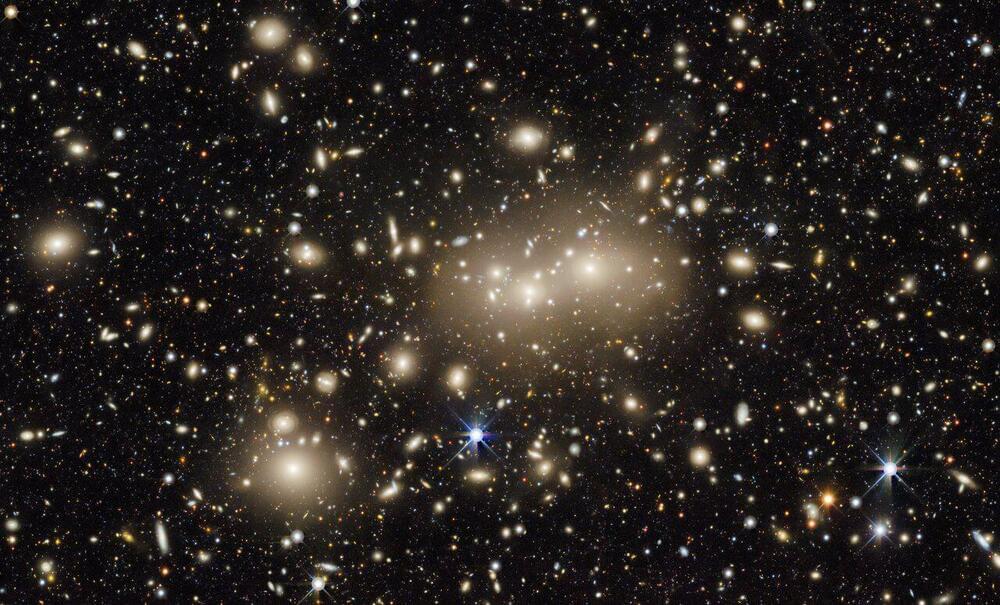Archive for the ‘cosmology’ category: Page 148
Feb 27, 2023
ESA prepares Euclid spacecraft to probe dark energy and dark matter
Posted by Gemechu Taye in category: cosmology
ESA’s Euclid project manager said it is a “cosmic embarrassment” that we do not know more about these mysterious forces.
The European Space Agency (ESA) will launch its Euclid space observatory in the coming months to investigate the mysterious cosmic phenomena known as dark matter and dark energy.
ESA plans to shed new light on dark energy and dark matter.
Continue reading “ESA prepares Euclid spacecraft to probe dark energy and dark matter” »
Feb 27, 2023
Astronomers Catch A Black Hole And Its Destructive Powers Of Spaghettification In Action
Posted by Gemechu Taye in category: cosmology
Black holes are so powerful that we’ve had to come up with new words to describe their awesome annihilation abilities. Objects that come in contact with the extreme gravitational pull of one of these voids are at risk of being simultaneously stretched and ripped apart, leaving elongated strands of matter that look something like spaghetti or a similar pasta.
Hence we say that black holes often “spaghettify” their meals before consuming them.
Astronomers from UCLA and the Keck Observatory in Hawaii have been watching an odd cloud getting pulled apart for the past few decades as it accelerates towards Sagittarius A (Sgr A), the supermassive black hole at the center of our Milky Way galaxy.
Feb 27, 2023
MY GOD IT’S FULL OF STARS — A Space Ambient Odyssey — Sci Fi Soundtrack — 4K
Posted by Dan Breeden in categories: cosmology, mapping, media & arts
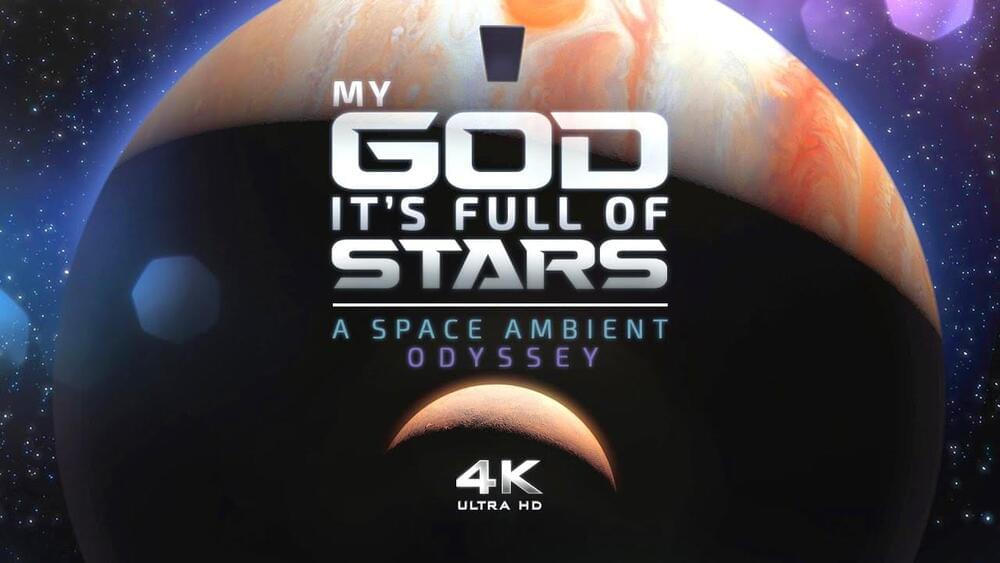
My 11th Ambient music video release for YT. An unofficial Soundtrack to the Sci Fi movie ‘2010: The Year we Make Contact’ (starring Roy Scheider & Helen Mirren). The movie was based on the Arthur C. Clarke novel, which was the sequel to 2001: A Space Odyssey. I went alot more in depth with the visuals on this one, recreating shots from the original movie, but with an extra dash of VFX that weren’t easy to pull off on a PC in 1986.
In upcoming video releases I will be doing a deep dive into the ambient multiverse, exploring various styles from Space Ambient to Dark Ambient to Cyberpunk to Sleep music to White Noise. My focus on this channel is to create relaxing cinematic ambient background music for chilling, focus, work and meditation. With the occasional eerie dark ambient tracks. The theme for my video backdrops is a rich fusion of derelict imagery, planets and moons.
Continue reading “MY GOD IT’S FULL OF STARS — A Space Ambient Odyssey — Sci Fi Soundtrack — 4K” »
Feb 27, 2023
What is Consciousness? | Unveiled
Posted by Jose Ruben Rodriguez Fuentes in categories: cosmology, neuroscience

How are you a conscious being?? Join us, and find out!
Subscribe for more ► https://wmojo.com/unveiled-subscribe.
Feb 27, 2023
Gravity with an ON/OFF Switch | André Fuzfa | TEDxUHasselt
Posted by Omuterema Akhahenda in categories: cosmology, mathematics
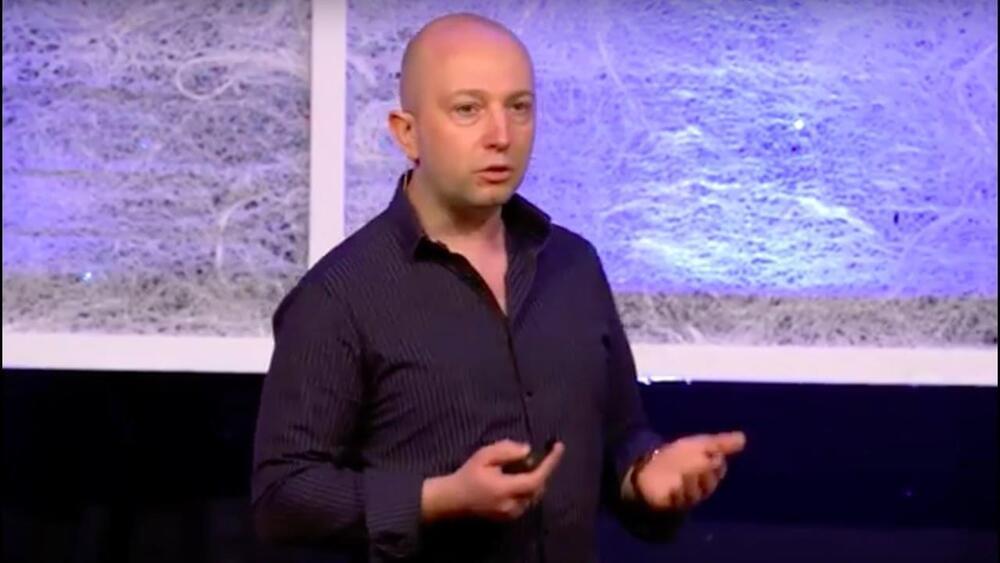
At present, scientists study gravitational fields passively. They observe and try to understand existing gravitational fields produced by large inertial masses such as stars or planets, without being able to change them, as with magnetic fields. It was this frustration that led Füzfa to attempt a revolutionary approach: creating gravitational fields at will from well-controlled magnetic fields and observing how these magnetic fields could bend space-time.
In his article, Füzfa has proposed, with supporting mathematical proof, a device with which to create detectable gravitational fields. This theoretical device is based on superconducting electromagnets and therefore relies on technologies routinely used, for example, at CERN or the ITER reactor.
Continue reading “Gravity with an ON/OFF Switch | André Fuzfa | TEDxUHasselt” »
Feb 26, 2023
Finding Nonlinearities in Black Hole Ringdowns
Posted by Saúl Morales Rodriguéz in categories: cosmology, evolution, physics
Simulations show that nonlinear spacetime dynamics manifest in the postmerger gravitational-wave signal of binary black hole coalescence.
“Spacetime tells matter how to move; matter tells spacetime how to curve.” This statement by physicist John Wheeler captures a defining feature of general relativity: its prediction of nonlinear spacetime dynamics. Such nonlinear evolution should be most evident in energetic spacetime events such as merging black holes, prompting the question of whether we can test for it using observations of gravitational waves emitted during such mergers. Two independent teams, led by Keefe Mitman at the California Institute of Technology [1] and Mark Ho-Yeuk Cheung at Johns Hopkins University in Maryland [2], show that this is the case. Using numerical simulations, they show the presence of nonlinearity in postmerger gravitational-wave signals.
Feb 26, 2023
Study: Supermassive black holes surprisingly common in early universe
Posted by Gemechu Taye in category: cosmology
Astronomers detected a supermassive black hole only 750 million years after the Big Bang.
Astronomers discovered a rapidly growing black hole in one of the most extreme galaxies from the early universe. Scientists from the University of Texas and the University of Arizona detected the colossal giant using the Atacama Large Millimeter Array (ALMA) radio observatory in Chile.
Their observations shed new light on the formation of the earliest supermassive black holes and their role in early galaxies.
Continue reading “Study: Supermassive black holes surprisingly common in early universe” »
Feb 26, 2023
NASA detects giant black holes about to collide in dwarf galaxies
Posted by Gemechu Taye in category: cosmology
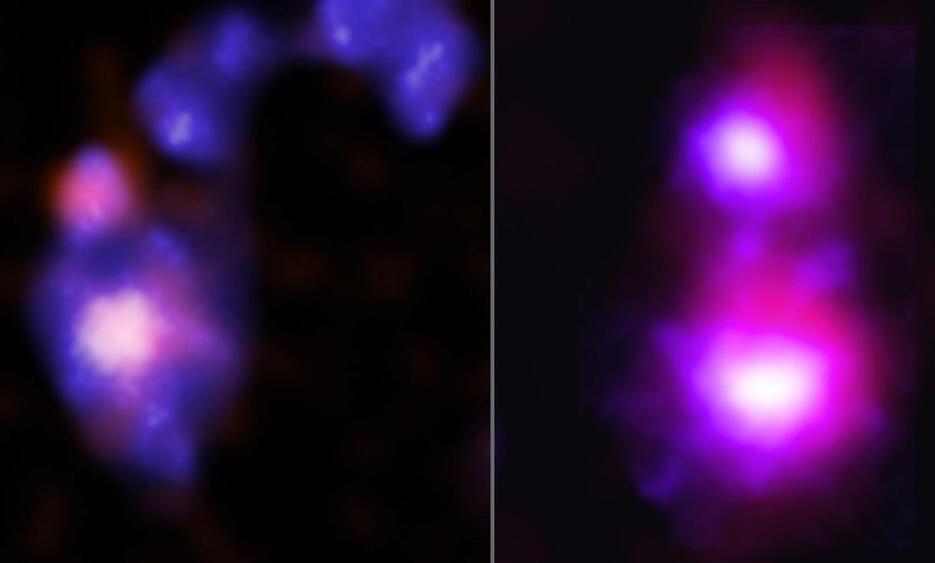
Astronomers have found the first evidence of the collision course in two dwarf galaxies that are 760 million and 3.2 billion light-years away from Earth.
In a recent astronomical find, NASA’s Chandra X-ray Observatory.
Continue reading “NASA detects giant black holes about to collide in dwarf galaxies” »
Feb 26, 2023
See The New Map Of One Billion Galaxies That Took Six Years To Create
Posted by Gemechu Taye in category: cosmology
There is no “blanket of stars.” The night sky we all see has infinite depth. From Earth at night with naked eyes we mostly see the stars of our own galaxy, the Milky Way, but beyond is the entire universe. Using powerful telescopes it can be navigated and known. All you need is a map—and they keep getting better.
This week saw the release of the largest two-dimensional map of the sky ever made. It comes from the tenth data release from the DESI Legacy Imaging Surveys, a six-year survey of nearly half the sky using telescopes at Kitt Peak in Arizona and the Cerro Tololo Inter-American Observatory in Chile.
The Legacy Surveys— which can be explored online —is designed to create the most comprehensive map of the sky possible to help astronomers understand how the universe has expanded over the last 12 billion years. That’s critical to understanding “dark energy,” an unknown force that appears to be accelerating the universe’s expansion.
